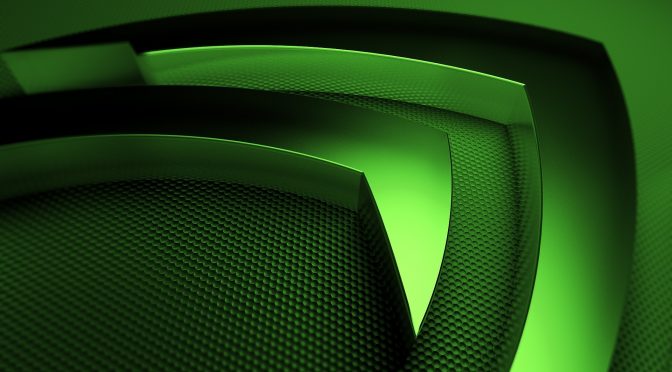NVIDIA has released a brand new driver for its graphics cards. According to the release notes, the NVIDIA GeForce 460.79 WHQL driver provides the ultimate gaming experience for Cyberpunk 2077. In addition, this driver provides optimal day-1 support for the official launch of Minecraft with RTX for Windows 10.
This driver also adds two new features. These are Background Application Max Frame Rate Control and Color Accuracy Mode.
Naturally, the NVIDIA GeForce 460.79 WHQL driver also packs a number of fixes. For instance, it fixes some crashes that could occur in MPC-HC when playing 1088 pixel-width videos. It also prevents the color format to switch from RGB to ycbcr422 when setting the refresh rate higher than 100Hz.
You can download the NVIDIA GeForce 460.79 WHQL driver from here. You can also find its complete changelog below.
NVIDIA GeForce 460.79 WHQL Driver Release Notes
Game Ready Driver
This new Game Ready Driver provides the ultimate gaming experience for Cyberpunk 2077. In addition, this driver provides optimal day-1 support for the official launch of Minecraft with RTX
for Windows 10.
New Features and Other Changes
NVIDIA Control Panel
- Added Background Application Max Frame Rate control (Manage 3D Settings page)
- Added Color Accuracy Mode feature (Display > Adjust Desktop Color Settings page)
Fixed Issues
- [Forza Motorsport 7]: The curb may display a black strip during a race on certain tracks.
- When setting the refresh rate higher than 100Hz, the color format switches from RGB to ycbcr422.
- [GeForce RTX 3090][SLI][G-SYNC]: When G-SYNC is enabled in SLI surround (3x monitors), the system locks up when launching a game.
- [GeForce RTX 3-series]: NvAPI_GPU_GetGPUInfo() returns an incorrect number of GPU Tensor Cores.
- [MPC-HC]: The video player crashes when playing 1088 pixel-width videos.
- [5k display]: When the display is set to 5k resolution, you cannot set the color settings from the NVIDIA Control Panel > Change resolution page. Either the controls are greyed out or they
revert to the default after applying any change.

John is the founder and Editor in Chief at DSOGaming. He is a PC gaming fan and highly supports the modding and indie communities. Before creating DSOGaming, John worked on numerous gaming websites. While he is a die-hard PC gamer, his gaming roots can be found on consoles. John loved – and still does – the 16-bit consoles, and considers SNES to be one of the best consoles. Still, the PC platform won him over consoles. That was mainly due to 3DFX and its iconic dedicated 3D accelerator graphics card, Voodoo 2. John has also written a higher degree thesis on the “The Evolution of PC graphics cards.”
Contact: Email

